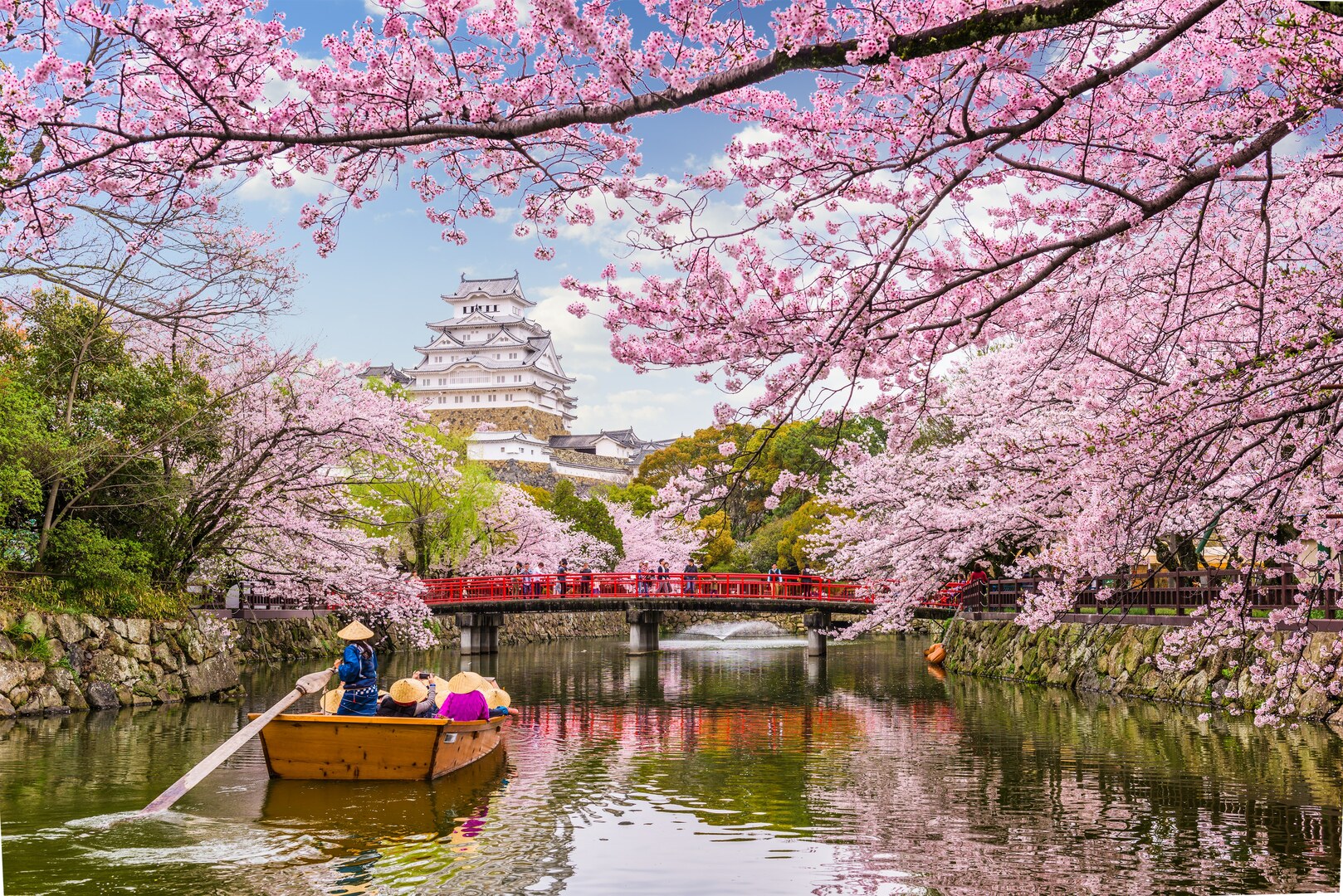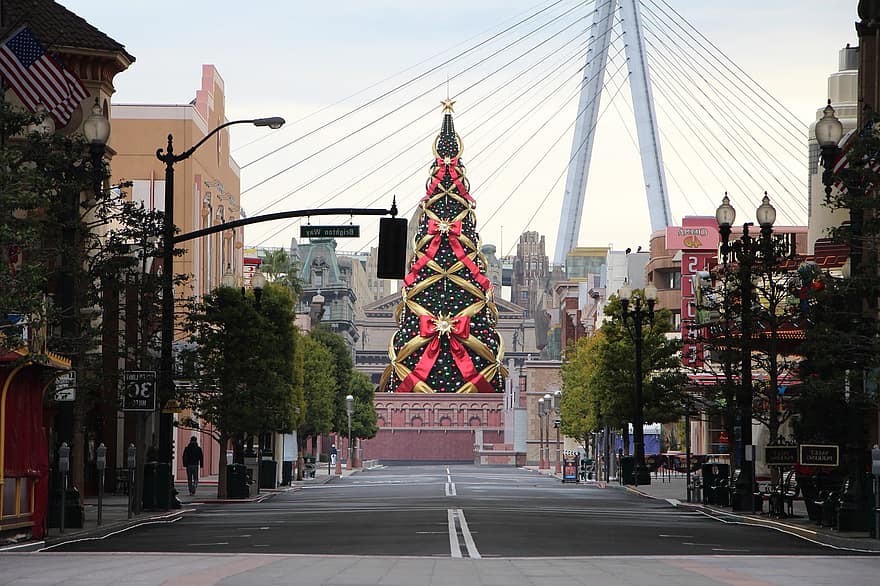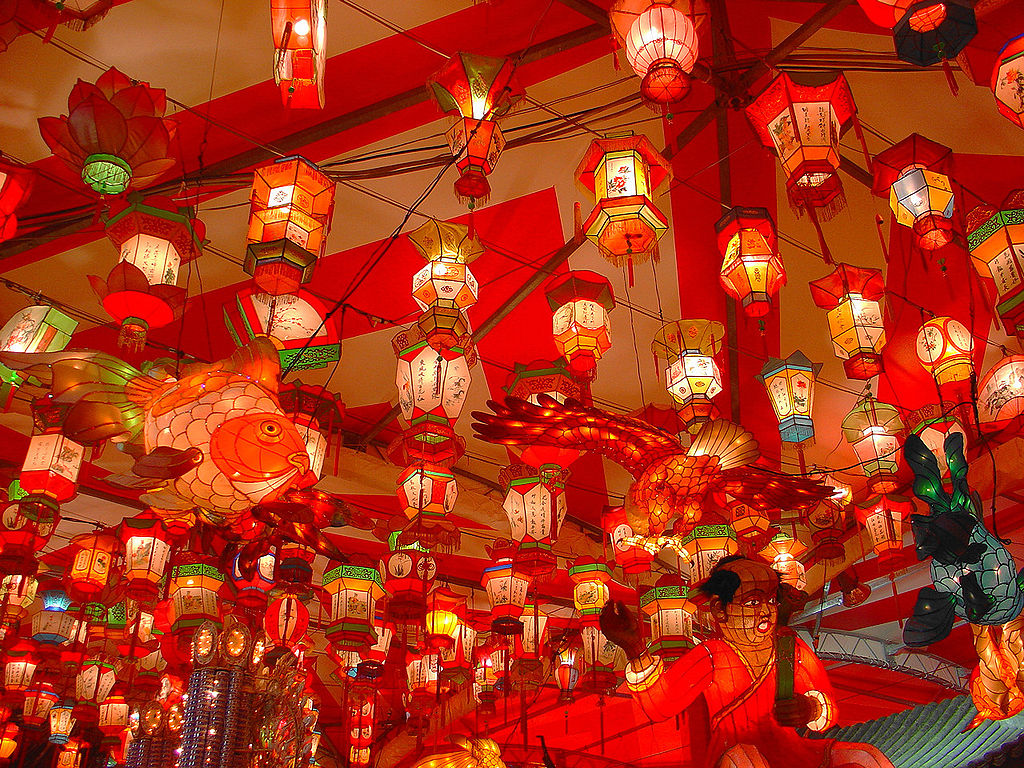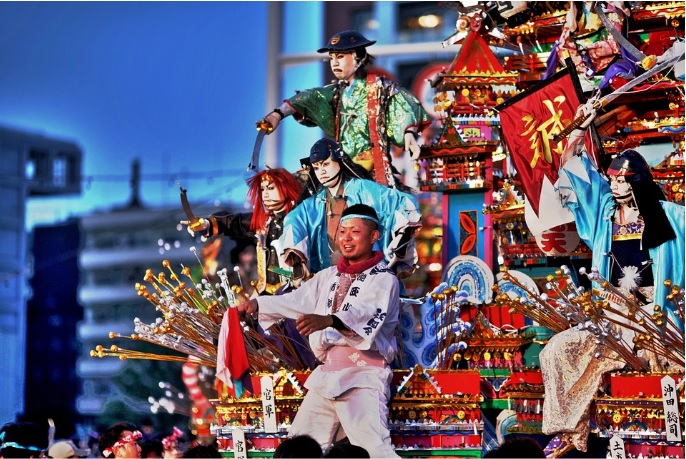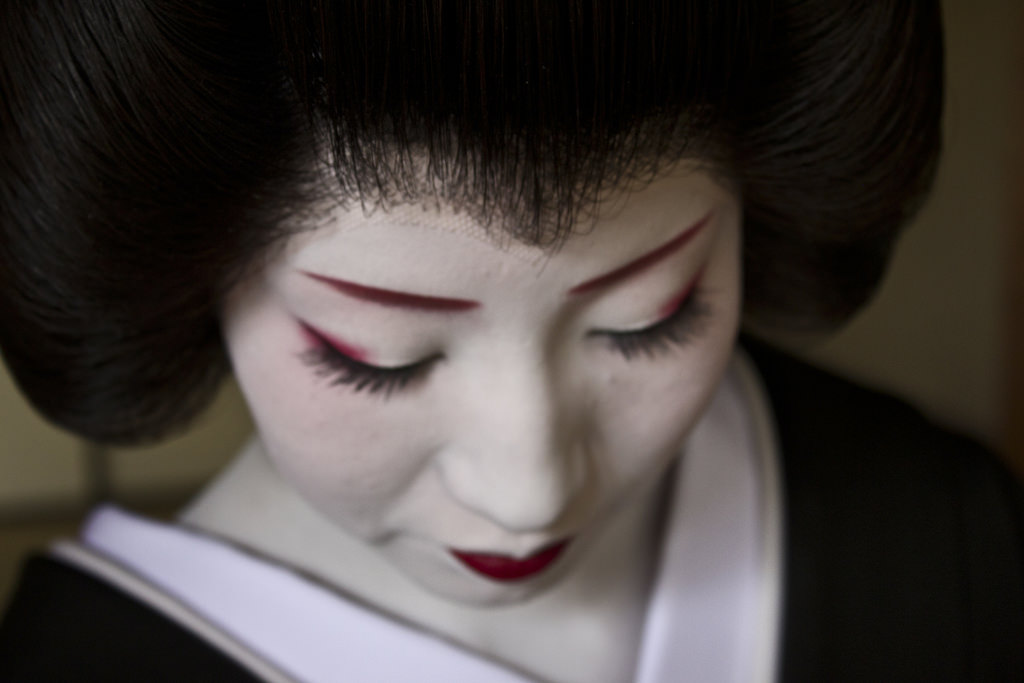
Red lips and a porcelain face. These are the distinct characteristics of one of Japan’s gems: the geisha.
The geishas are the embodiment of iki (elegance) and beauty. But compared to oirans, geishas are not high-end prostitutes as so many people believe. They are more than just a pretty face.
Geisha literally means “artisan” or “person of the arts." The geisha is not just a performer of art. They themselves are the art. Make-up is then used to enhance the natural beauty of the geisha for them to look like walking masterpieces.
Their make-up itself is not just a mere accessory. It is a delicate craft, a beauty tradition that has been preserved for over four hundred years.
History of the Mask

Photo by Japanexterna. Licensed under Creative Commons.
Traditional geisha make-up came from the influence of the T’ang Dynasty in China. It was first used in the Heian era (794 AD - 1185 AD) when China had strong cultural influences on Japan. Make-up comes from the Kabuki heritage, which is a classical Japanese dance-drama.
Being performers, the geisha needed heavy make-up so that the people can see their expression on the stage. The candlelight from the stage gives a translucent, almost moon-like glow to the geisha’s faces.
The Art of the Mask
Before applying the basic geisha make-up of white face, red lips, and lined eyes, a special kind of oil called bintsuke-abura is applied on their face and neck. It is used both as a protective layer for the geisha’s skin against the make-up and as a primer for the make-up to last longer. During the more conservative times, bare skin is still considered sexual. Therefore geishas use oshiroi, white powder used to cover all the visible parts of the skin. The hairline, however, is not painted as to give the illusion of a mask.
The geisha plays with the idea of a mask well. The nape of the neck or komata is the epitome of eroticism for the Japanese. While the rest of the face and the neck is completely painted in white, the geisha will leave a “V” shape unpainted to enhance the sensuality of the area. Like a siren, she entices her guests to wonder what’s behind the mask.

Photo by Daniel Bachler. Licensed under Creative Commons.
The geisha’s lips are painted red and small to give the illusion of a blossoming flower bud. Eyebrows are drawn in black with a touch of red. They are shaped like a crescent moon to appear more approachable. The corners of the eyes are also tinted with red and black. The amount of red in the eye make-up starts to decrease with time as the maiko (geisha trainee) becomes a geisha.
On some occasions, the geisha make-up does not end there. They also apply ohaguro to dye their teeth black. Learn more about it here.
People put on make-up for a variety of reasons: to hide flaws or to feel better about themselves. For the geisha, make-up is more than just a mask. It is a reflection of who they are: an artist, inside and out.
SOURCES
Banner photo by Japanexterna. Licensed under Creative Commons.
